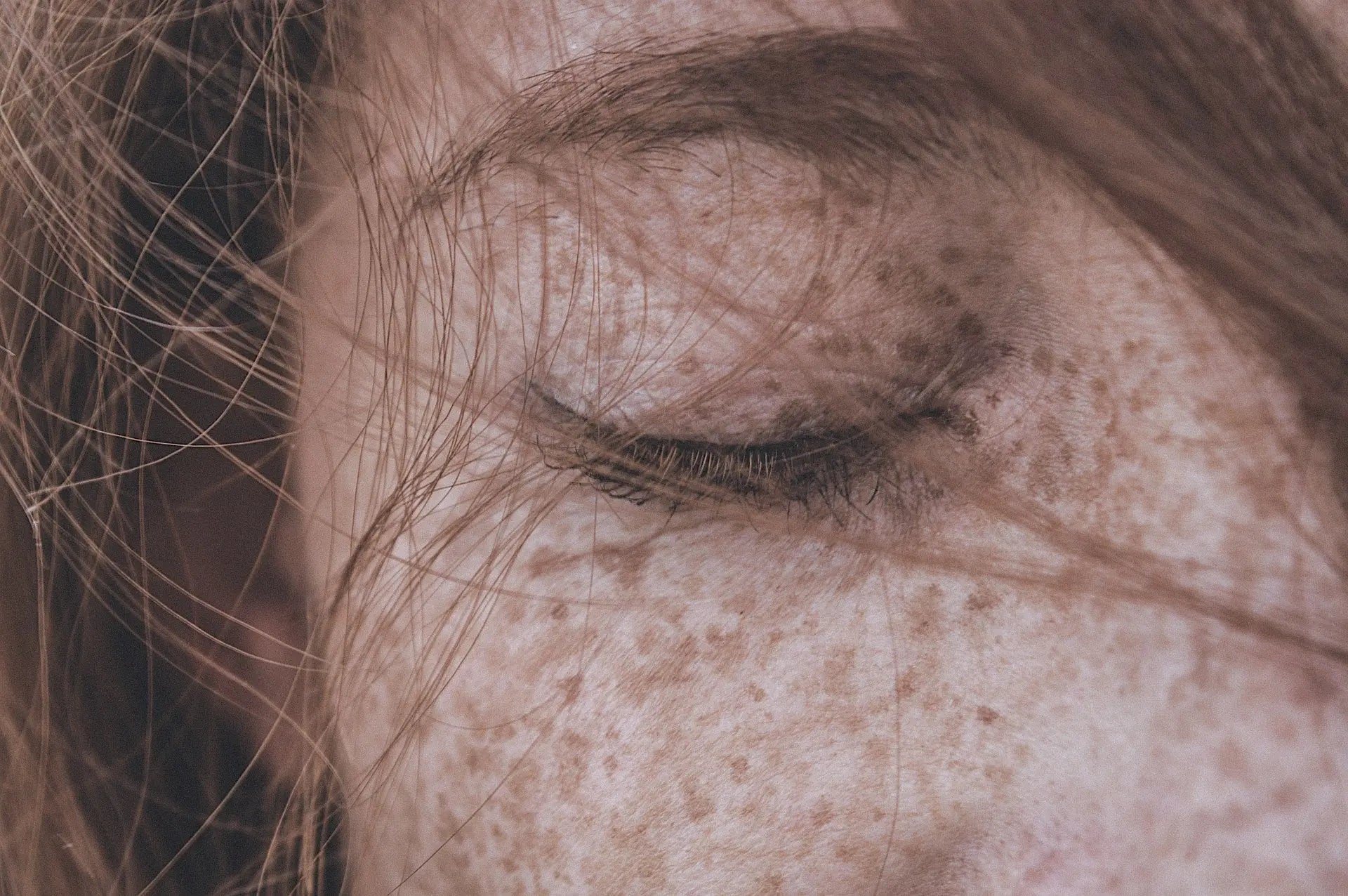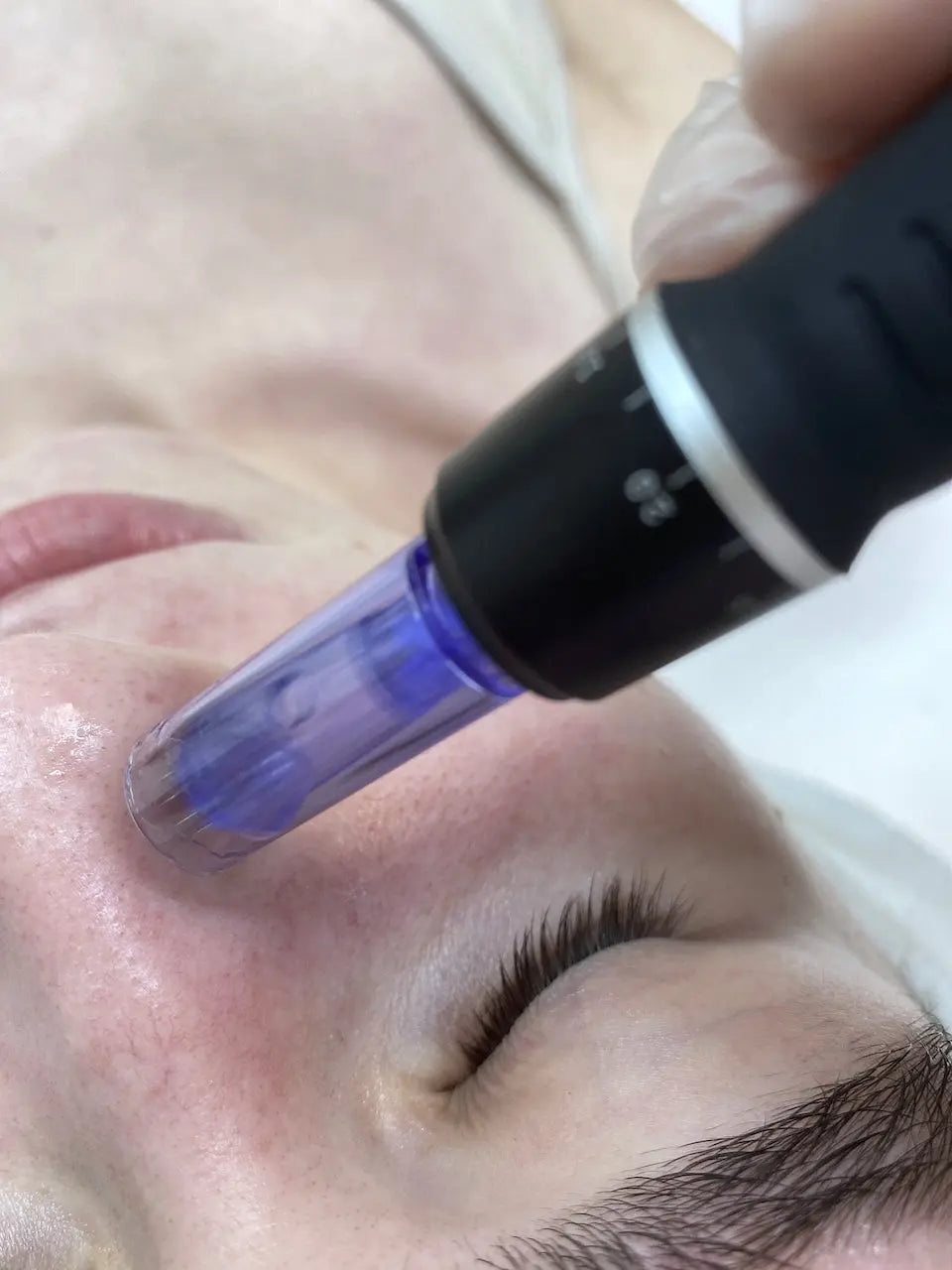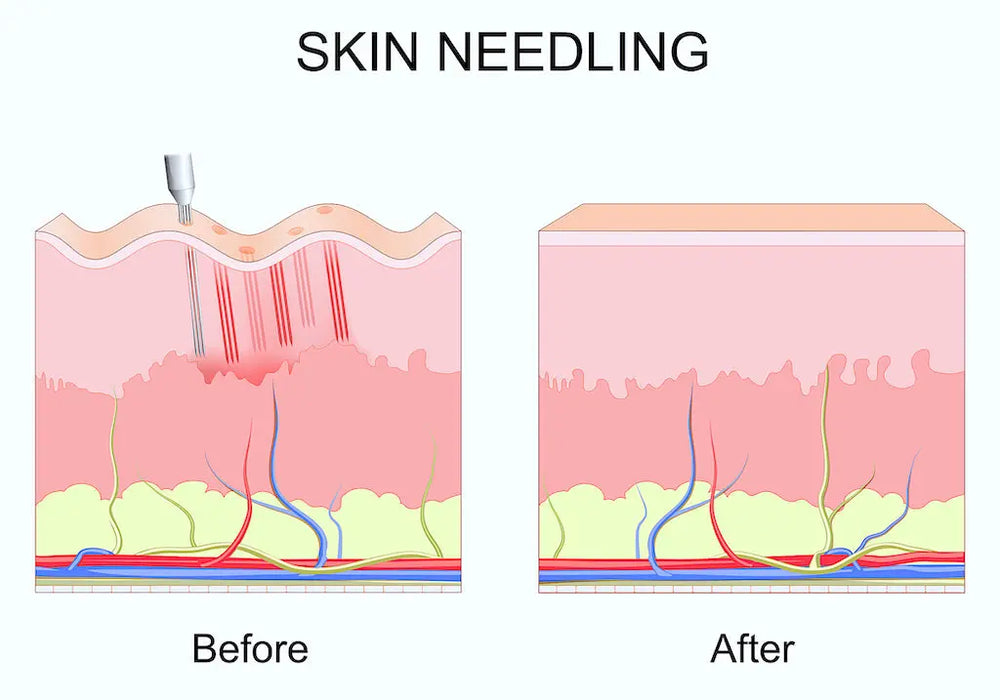
HYPERPIGMENTATION
Light & Bright Skin Days
Age spots
Melasma
Post-inflammatory hyperpigmentation
Trauma-induced hyperpigmentation
Medication-induced hyperpigmentation
Pregnancy hormones
Endocrine diseases
Excess pigmentation
About Hyperpigmentaion
Hyperpigmentation is a dermatological condition characterized by localized or generalized darkening of the skin, attributable to the overproduction or accumulation of melanin pigment within the skin cells. Melanin is a natural pigment responsible for determining skin color and providing protection against harmful UV radiation. However, various factors such as UV exposure, hormonal changes, inflammation, injury, and certain medications can disrupt the normal melanin production process, leading to abnormal skin darkening.
The mechanisms underlying hyperpigmentation involve complex interactions between melanocytes, the specialized cells responsible for melanin synthesis, and neighboring keratinocytes. Upon stimulation by factors like UV radiation or hormonal fluctuations, melanocytes increase melanin production and transfer it to keratinocytes, resulting in skin darkening. Additionally, inflammatory mediators and oxidative stressors can further exacerbate melanin production and deposition.
Hyperpigmentation forms:
Solar Lentigines (Sunspots): Flat, brown spots that typically appear on sun-exposed areas of the skin, such as the face, hands, and shoulders, due to prolonged UV exposure.
Ephelides (Freckles): Small, flat, brown spots that develop on sun-exposed skin, particularly in fair-skinned individuals, as a result of genetic predisposition and sun exposure.
Melasma: Symmetrical patches of hyperpigmentation that commonly occur on the face, often triggered or exacerbated by hormonal changes, pregnancy, oral contraceptives, or sun exposure.
Post-inflammatory Hyperpigmentation (PIH): Darkening of the skin following inflammation or injury, such as acne, eczema, psoriasis, or trauma, due to increased melanin production in response to tissue damage.
PIH: Darkening of the skin following inflammation or injury, such as acne, eczema, psoriasis, or trauma, due to increased melanin production in response to tissue damage.
Drug-induced Hyperpigmentation: Darkening of the skin caused by certain medications, such as antimalarials, chemotherapy drugs, antipsychotics, and non-steroidal anti-inflammatory drugs (NSAIDs).
Hormonal Hyperpigmentation: Darkening of the skin due to hormonal fluctuations, commonly observed during pregnancy (chloasma or "mask of pregnancy") or as a side effect of hormonal therapies.
Age spots, also known as liver spots, are flat, brown patches that appear on sun-exposed areas of the skin due to an accumulation of melanin. They result from prolonged sun exposure and are commonly seen on the face, hands, and arms. While harmless, they can be treated for cosmetic reasons.
Managing hyperpigmentation involves a combination of preventive measures, lifestyle changes, skincare products, and professional treatments. Combining multiple approaches, such as sunscreen usage, topical treatments, and professional procedures, often yields the best results in managing hyperpigmentation.
Managing hyperpigmentation:
• Sun Protection: Use broad-spectrum sunscreen with SPF 30 or higher daily, even on cloudy days. Wear protective clothing, hats, and sunglasses when outdoors to minimize sun exposure.
• Topical Treatments: Incorporate skincare products containing ingredients like hydroquinone, retinoids, alpha hydroxy acids (AHAs), kojic acid, azelaic acid, niacinamide, vitamin C, and licorice extract into your daily skincare routine. These ingredients can help lighten pigmented areas and even out skin tone.
• Chemical Peels: Professional chemical peels performed by dermatologists or skincare professionals can exfoliate the skin and improve hyperpigmentation. Peels containing glycolic acid, salicylic acid, lactic acid, or trichloroacetic acid (TCA) are commonly used for this purpose.
• Microdermabrasion: This exfoliating treatment uses a device to remove the outer layer of skin, helping to improve the appearance of hyperpigmentation and promote cell turnover.
• Laser Therapy: Various laser treatments, such as intense pulsed light (IPL), fractional laser therapy, and Q-switched lasers, can target and break up excess melanin in the skin, reducing hyperpigmentation.
• Microneedling: Microneedling creates controlled micro-injuries in the skin, stimulating collagen production and promoting skin rejuvenation. It can help improve the appearance of hyperpigmentation over time.
• Prescription Medications: Dermatologists may prescribe topical treatments or oral medications, such as hydroquinone, corticosteroids, tretinoin, or oral tranexamic acid, for more severe cases of hyperpigmentation.
• Cosmeceuticals: Use skincare products labeled as cosmeceuticals, which contain active ingredients with pharmaceutical properties known to address hyperpigmentation and improve skin health.
• Natural Remedies: Some natural ingredients, such as aloe vera, green tea extract, licorice extract, arbutin, and bearberry extract, may have skin-lightening properties and can be incorporated into skincare routines.
• Professional Consultation: Consult with a dermatologist or skincare professional to assess your specific skin concerns and develop a personalized treatment plan tailored to your needs.
Hyperpigmentation can be triggered by:
• Sun Exposure: Ultraviolet (UV) radiation from the sun stimulates melanin production in the skin, leading to hyperpigmentation. Prolonged sun exposure without adequate protection can exacerbate existing pigmentation and cause new spots to develop.
• Hormonal Changes: Fluctuations in hormone levels, such as those occurring during pregnancy (melasma or "pregnancy mask"), menopause, or when taking hormonal medications like birth control pills, can trigger hyperpigmentation.
• Inflammatory Skin Conditions: Skin inflammation resulting from conditions like acne, eczema, psoriasis, or dermatitis can lead to post-inflammatory hyperpigmentation (PIH) as the skin heals.
• Trauma or Injury: Any trauma to the skin, such as cuts, burns, insect bites, or friction, can cause hyperpigmentation during the healing process.
• Skin Irritants: Exposure to certain chemicals, harsh skincare products, or allergens can irritate the skin and trigger hyperpigmentation.
• Genetics: Some individuals may have a genetic predisposition to developing hyperpigmentation, making them more susceptible to pigmentation changes.
• Ageing: As the skin ages, cell turnover slows down, and accumulated sun damage becomes more apparent, leading to increased pigmentation irregularities.
• Medications: Certain medications, such as chemotherapy drugs, antimalarial medications, and some antibiotics, can cause hyperpigmentation as a side effect.
• Hormonal Disorders: Conditions like Addison's disease, Cushing's syndrome, and thyroid disorders can disrupt hormone levels and contribute to hyperpigmentation.
• Skin Trauma: Procedures like laser treatments, chemical peels, and dermabrasion can cause post-inflammatory hyperpigmentation if not performed correctly or if proper post-treatment care is not followed.
Prevention strategies:
• Sun Protection: Regularly apply broad-spectrum sunscreen with SPF 30 or higher, and reapply every two hours or after swimming or sweating.
• Protective Clothing: Wear wide-brimmed hats, long-sleeved shirts, and sunglasses to shield skin from direct sunlight.
• Sun Avoidance: Minimize sun exposure, especially during peak hours between 10 a.m. and 4 p.m.
• Gentle Skincare: Use mild cleansers and moisturizers suitable for your skin type to avoid irritation.
• Treat Skin Conditions: Address inflammatory skin conditions promptly to prevent post-inflammatory hyperpigmentation.
• Hormonal Management: Work with healthcare providers to manage hormone levels effectively, especially for conditions like PCOS.
• Avoid Skin Trauma: Minimize skin trauma by refraining from picking at blemishes or scratching insect bites.
• Balanced Diet: Maintain a nutritious diet rich in antioxidants, vitamins, and minerals to support skin health.
• Hydration: Keep skin hydrated by drinking an adequate amount of water daily and using hydrating skincare products.
• Regular Skin Checks: Monitor skin regularly for changes or new spots, and consult a dermatologist if needed.
• Professional Skincare: Consider professional treatments
Harnessing ingredients renowned for skin-lightening effects:
• Azelaic acid
• Cysteamine cream
• Vitamin C
• Hydroquinone
• Corticosteroids
• Kojic acid
• Retinoids like tretinoin
• Arbutin
• Glycolic acid peels
• Mequinol
• Niacinamide
• N-acetyl glucosamine
• Soy
UV radiation damages the skin layers, causing sunburn, premature aging, and skin cancer. UVB primarily affects the epidermis, causing sunburn and skin cancer. UVA penetrates deeper, leading to aging and age spots. Both UV types damage collagen and elastin in the dermis, causing wrinkles and sagging. UV also impacts subcutaneous tissue, altering skin texture and thickness.
Understanding the underlying causes of hyperpigmentation and implementing appropriate skincare regimens and treatments can help manage this condition effectively and achieve a more balanced and uniform complexion. It is advisable to consult with a dermatologist or skincare professional for personalized recommendations based on individual skin concerns and needs.






